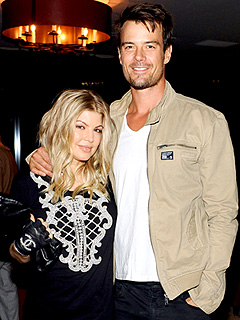DUBAI, United Arab Emirates (Reuters) — Days before resuming talks over its disputed nuclear program, Iran said Saturday that it had found significant new deposits of raw uranium and identified sites for 16 more nuclear power stations.
The state news agency IRNA quoted a report by the Atomic Energy Organization of Iran, which said that the reserves were discovered in northern and southern coastal areas and had tripled the amount outlined in previous estimates.
There was no independent confirmation. Western experts had previously thought that Iran, with few uranium mines of its own, might be close to exhausting its supply of raw uranium.
“We have discovered new sources of uranium in the country, and we will put them to use in the near future,” Fereydoun Abbasi-Davani, head of the Atomic Energy Organization, was quoted as saying at Iran’s annual nuclear industry conference.
The timing of the announcement suggested that Iran, by talking up its reserves and nuclear ambitions, may hope to strengthen its negotiating hand at talks in Kazakhstan on Tuesday with the United States, Russia, China, Britain, France and Germany.
Diplomats say the six powers are willing to offer Iran some relief from international sanctions if it agrees to curb its production of higher-grade enriched uranium.
The West says Iran’s enrichment of uranium to a purity of 20 percent demonstrates its intent to develop a nuclear weapons ability, an allegation the Islamic republic denies.
The enriched uranium required for use in nuclear reactors or weapons is produced in centrifuges that spin uranium hexafluoride gas at high speeds. The gas is derived from yellow cake, a concentrate from uranium ore found in mines.
Iran’s raw uranium reserves now total around 4,400 tons, including discoveries over the past 18 months, IRNA quoted the report as saying.
In another sign that Iran is intent on pushing forward with its nuclear ambitions, the report also said that 16 sites had been identified for the construction of nuclear power stations. It did not specify the exact locations but said they included coastal areas of the Persian Gulf, the Gulf of Oman, Khuzestan Province and the Caspian Sea.
The Iranian authorities have long announced their desire to build more nuclear power plants for electricity production. Only one currently exists, in the southern city of Bushehr, and it has suffered several shutdowns in recent months.
The announcements could further complicate the search for a breakthrough in Kazakhstan, after three unsuccessful rounds of talks between the sides in 2012.
“We are meeting all of our obligations under the Nuclear Nonproliferation Treaty, and we should be able to benefit from our rights,” Saeed Jalili, Iran’s chief nuclear negotiator, was quoted as saying at the conference on Saturday. “We don’t accept more responsibilities and less rights.”
In what Washington has called a provocative move, Iran is also installing new-generation centrifuges, capable of producing enriched uranium much faster, at a site in Natanz in the center of the country.
Western diplomats say the six powers will reiterate demands for the suspension of uranium enrichment to a purity of 20 percent, the closing of Iran’s Fordo enrichment plant, increased access for International Atomic Energy Agency inspectors and an agreement to address concerns on existing uranium stockpiles.
In return, the latest embargoes on gold and metals trading with Iran would be lifted. Iran has criticized the offer and says its rights need to be fully recognized.
If the West wants to start constructive talks with Tehran, “It needs to present a valid proposal,” Mr. Jalili said. In a statement issued before the Iranian announcement, the German foreign minister, Guido Westerwelle, said the six-power group wanted to enter a “substantial negotiation process” over Tehran’s nuclear program.
The talks in Kazakhstan “are a chance which I hope Iran takes,” he said.












